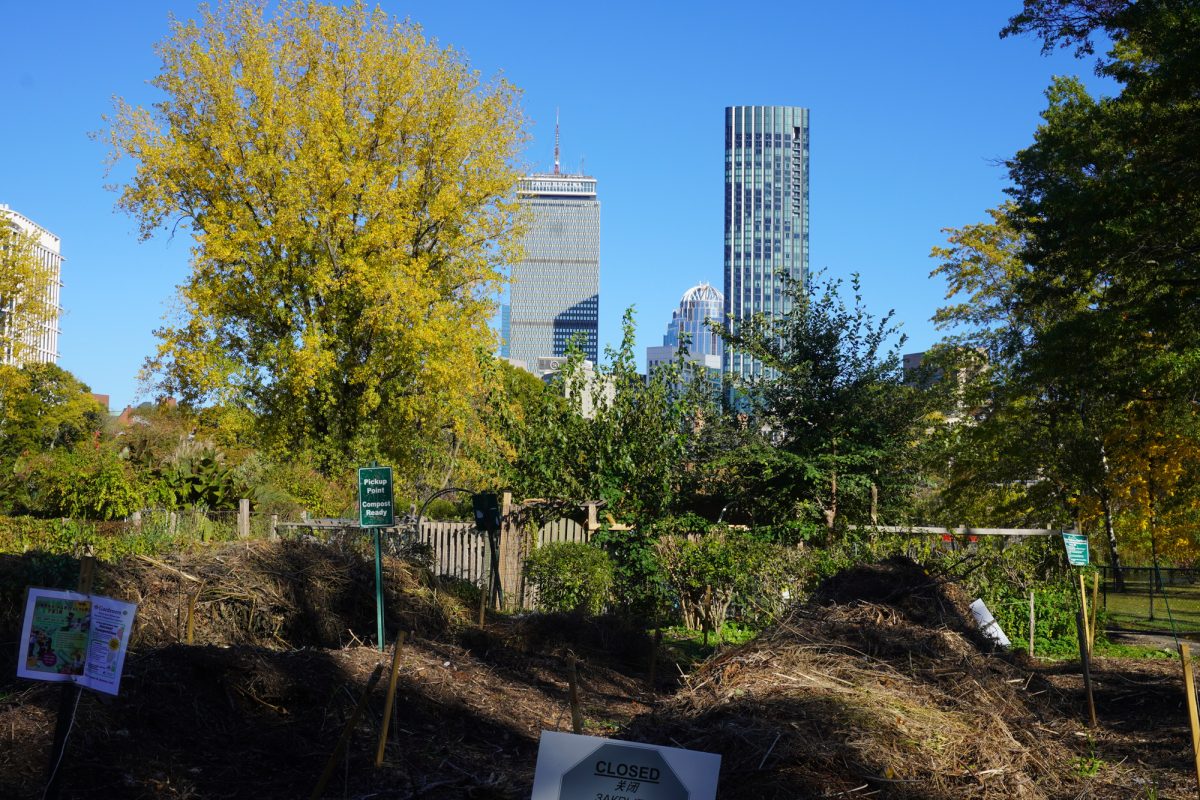Nearly six months ago, when Boston University announced its intention to return to in-person classes without social distance, the return to normal campus life felt like a beacon of hope. After a year and a half of online classes, vaccination could lead the way to a return to normalcy.
As the months passed on, the seriousness of the Delta variant became more obvious, and a safe return to normalcy became less realistic. But Boston University’s Fall 2021 pandemic measures do not reflect this change.
Boston University’s new pandemic measures place too much emphasis on student responsibility rather than institutional measures designed to keep students, faculty and service workers safe.

Without an opportunity to attend class remotely, BU policy will now treat COVID-19 as any other illness. “We encourage faculty and students to do as they’ve always done when a student is faced with illness,” Provost and Chief Academic Officer Jean Morrison said when asked what students should do if they must isolate after testing positive for COVID-19 or quarantine if a close contact.
This means that all of the responsibility falls on the sick student and the professor to work out a way to make up for 10 days of missed lectures, assignments and tests. Professors are under no extra obligation to treat COVID-19 as a special circumstance, despite exposed students needing to isolate themselves for more than a week during a 16-week semester.
BU has decided to not offer classes remotely under the Learn from Anywhere (LfA) program, leaving COVID-19 positive students without access to lectures and exams if needed. Moreover, professors may no longer have access to LfA resources needed to offer their class material online.
Even more pressure will be placed on faculty, who currently are not being offered workplace adjustments in the return to in-person classes.
After September 24th, there will only be one observed testing center on campus for students at 808 Gallery. However, BU plans to set up several unobserved testing kiosks throughout campus.
Students who live on campus will have access to quarantine housing, but off-campus residents will not have this same privilege. Moreover, quarantine is not required for close contact vaccinated students who do not have symptoms.
The CDC also says fully vaccinated individuals without symptoms do not have to quarantine after exposure, but recommends fully vaccinated people get tested 3-5 days after being in close contact with someone with COVID-19 and wear a mask inside in public for two weeks after exposure, or until they test negative.
The green badge, however, offers some protection, as students will need it to enter classrooms and common spaces like the dining halls and Mugar Library. Faculty can also ask students to show their badges before class starts.
The dining halls will also no longer offer ready-made plastic containers for food — unless it’s ordered in advance — and are no longer set up to enforce social distancing guidelines. This puts students anxious about COVID-19 in the impossible position of deciding between eating and being exposed to a large number of mask-less people in close proximity or skipping a meal.
It is understandable that Boston University has rolled back some of its pandemic measures, as the grand majority of our campus population is vaccinated. Moreover, after a year and a half under pandemic measures, it makes sense to crave and want to accept any semblance of normalcy.
But it is important not to treat the vaccine as the ultimate safety net. A recent document from the Centers for Disease Control and Prevention claimed that the Delta variant spreads as easily as chickenpox, and cited studies that said vaccinated people could potentially spread the virus as easily as unvaccinated people.
The data for COVID-19 cases at BU has not lowered from the move-in period in 2020 and 2021. The average positivity rate for COVID-19 from Aug. 25 to Aug. 31 2020 was 0.12% The student positivity rate for COVID-19 from Aug. 25 to Aug. 31, 2021 was 0.22%
Though these high numbers could be explained by the fact that it is BU’s move-in period, group gatherings throughout the year may cause a surge in these numbers.
Throughout the course of the pandemic, many reopenings have subsequently been scaled back.
For instance, the mask mandate was reinstated indoors in Boston just last week after COVID-19 cases rose. A large event in Provincetown this summer also caused a significant spike in cases.
What are BU’s plans if a need arises for them to scale back?
Last year, the heavy regulations made it feel like the worst-case scenario was to avoid fatalities. What is the worst-case scenario for the University this year?
We as students need to know this information so that we can prepare for any contingencies. Students also deserve to weigh in regards to how our safety and education will be protected.
Moreover, these new policies leave many international students unmentioned. What will international students do if BU suddenly shuts down? For a school whose international population is about a quarter of the student population, these questions need to be answered.
The data is clear: merely ensuring most of the population is vaccinated is not enough to keep BU students and the greater Boston population, COVID-19 free.
There are easy solutions BU could put in place for this transition period. Instead of fully removing LfA, BU could give professors the resources to record their lectures if their students get sick.
Moreover, vaccinated people who are in close contact should have the option to quarantine or at least get at least two negative tests before returning to campus.
If the University has no plans of expanding pandemic measures to protect our safety, students need to take on more responsibilities to protect each other. Students, for instance, can schedule additional tests, such as before attending a large gathering and after.
While last year was not an ideal experience, it at least offered BU’s population a shared experience in that the University understood that it was not navigating under normal circumstances. Now, students are on their own with unanswered questions as the pandemic continues to loom at large.
BU’s new pandemic measures seem to be constructed as if we were in normal circumstances, but the pandemic is still at large. College students should not be expected to choose between going to class and taking care of their health. This lack of clear pandemic measures will ultimately put students’, faculty’s and service workers’ health at risk.


















































































































